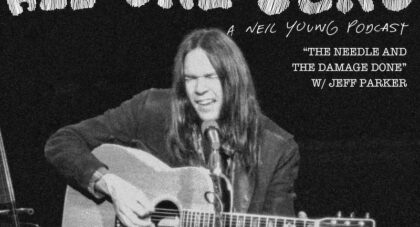In 1969, John Mayall was looking to put the Bluesbreakers to rest. Gravitating towards the scene out in LA (his last album had been titled Blues from Laurel Canyon), Mayall was looking for a sound that was less amp-ed up, less quintessentially ‘blues-rock’. The sound that he minted on The Turning Point, recorded live at the Fillmore East, was therefore rootsier, gentler, more acoustic. Shockingly drummer-less, these extended jams veered away from rock and towards a become a member or log in.


